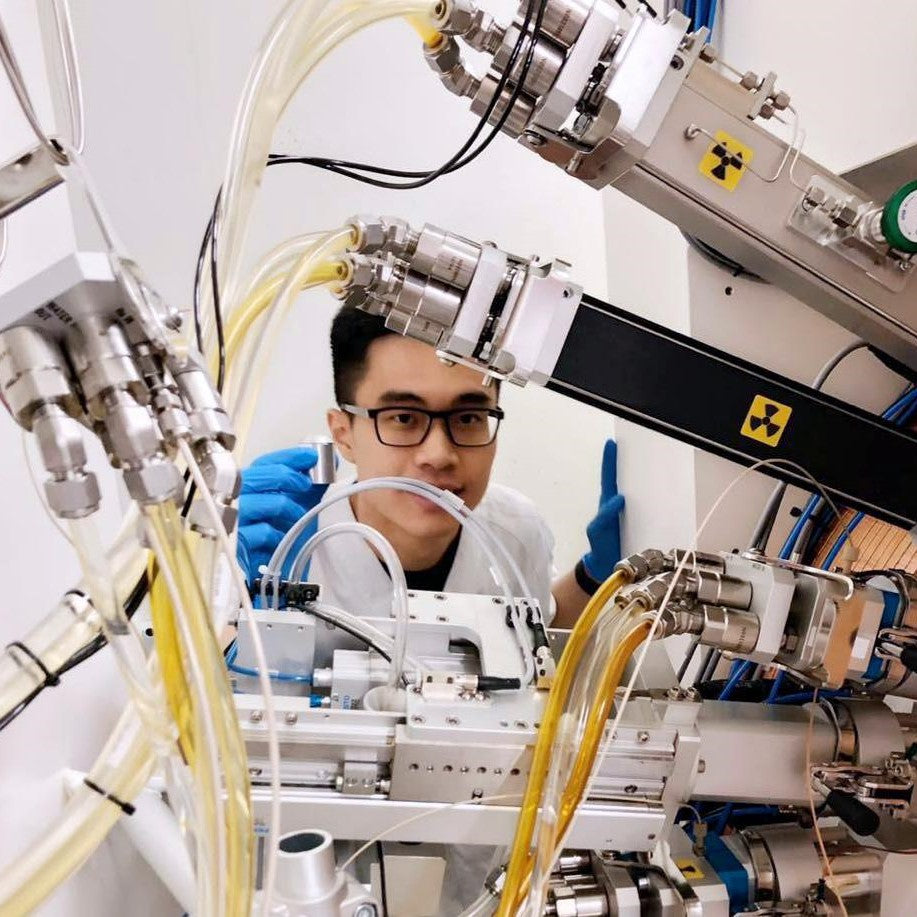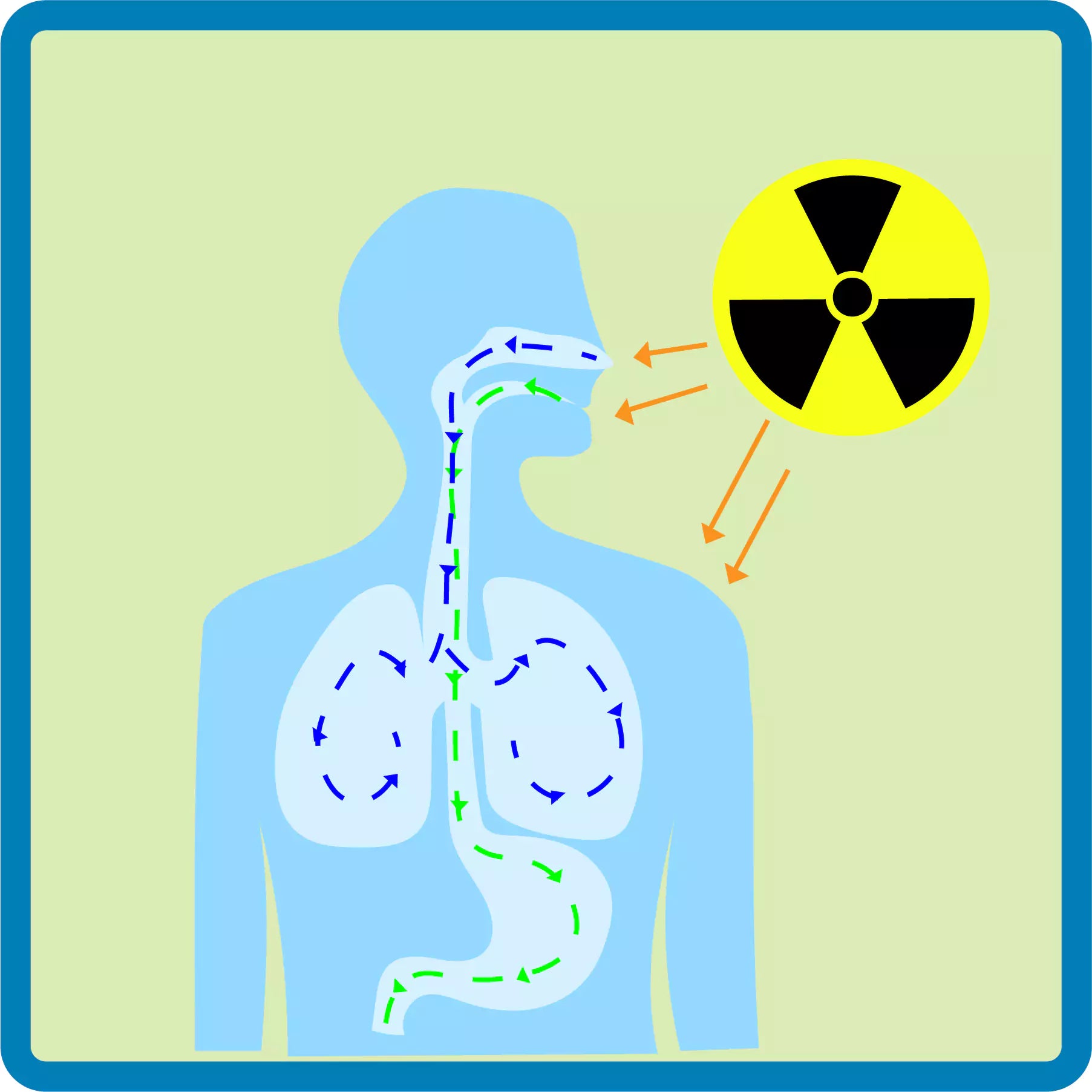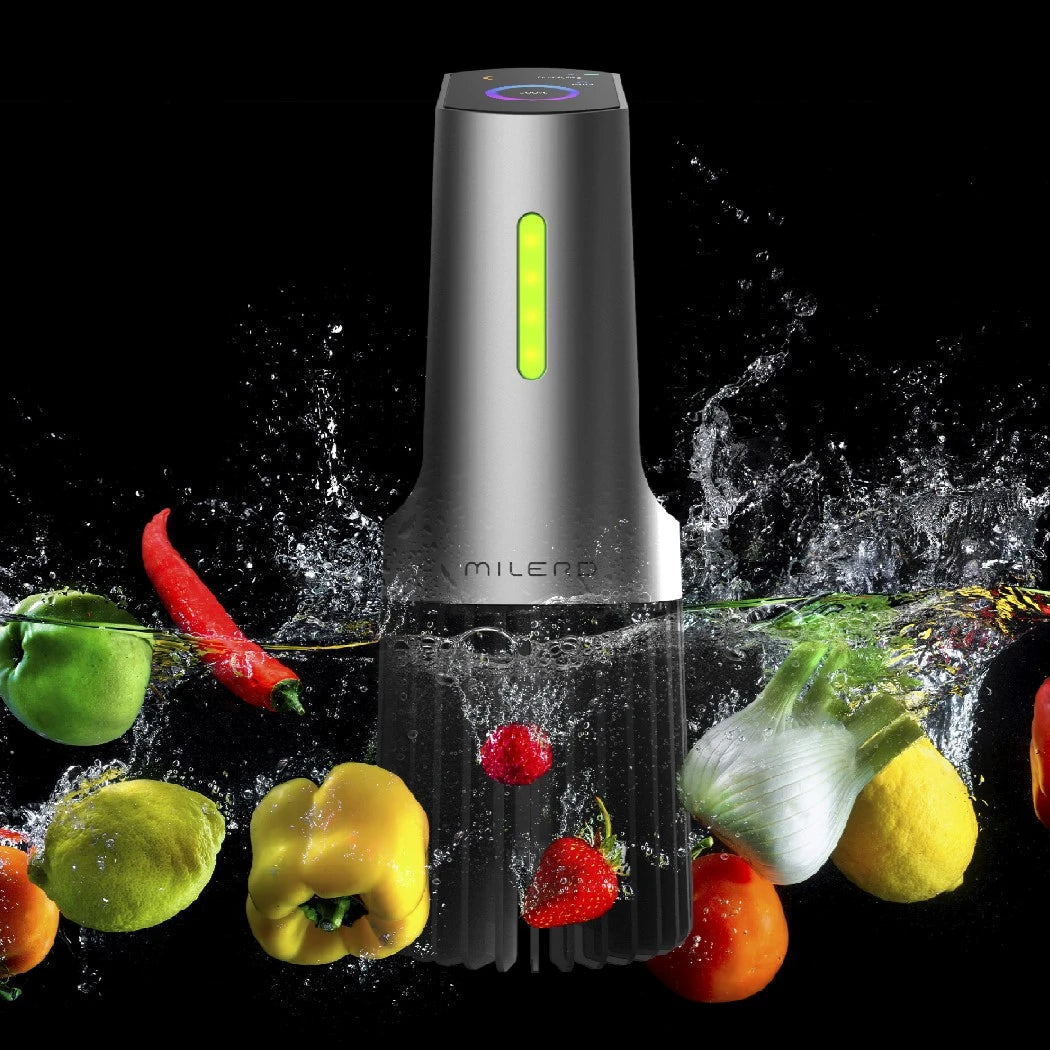Since their introduction in the 1950s, radiation devices have undoubtedly revolutionized medical and scientific research. Today, these advanced instruments are indispensable for the visualization of internal body structures, further development of diagnostic capabilities, and increasing the effectiveness of treatment for different diseases. The progressions that have taken place around things like scintillation counters and other new types of imaging technologies have kept radiation devices at the leading edge of medical innovation and scientific discovery.
An interesting fact about the use of radiation detectors in scientific research
Space exploration in the 1960s necessitated the acquisition of emitting detectors. These tools were necessary for cosmic ray identification and analysis, as cosmic rays are high-energy particles from space.
Understanding Cosmic Rays
Scientists were extremely worried about cosmic rays during space missions. Through detectors, scientists could measure and analyze these particles, thereby obtaining vital information about what they are made of and how they react. One major reason is to determine the possible hazards of cosmic emissions to spaceships and astronauts, which require monitoring to develop preventative measures. Additionally, neutron activation analysis enabled the precise identification of elements within cosmic rays, further enhancing our knowledge of these high-energy particles.
Impact on Spacecraft and Astronauts
The assemblage of such emitting-detecting devices permitted scientists to devise safeguarding strategies for the health and safety of astronauts and spacecraft from cosmic radiation. These revelations led to the design of space missions able to withstand the harshness of space, thus ensuring the security and success of human endeavors in exploring space.
The Legacy of Radiation Detectors
The detectors are key to ongoing research on cosmic rays and space radiation, which was started by developments made in the 1960s. These instruments remain crucial even today in space exploration, helping us learn more about space and its components.
Space exploration during this period was very dynamic in terms of the scientific knowledge it produced: cosmic rays were better understood after the use of emitting detectors.
Introduction to the role of our radiation detectors
The medical and scientific research fields have found many applications for our detectors because of their outstanding precision and dependability. In the case of radiological emergency preparedness training, these devices are extremely useful in simulating and responding to potential nuclear or radiological incidents. They give the workers an opportunity to simulate quick assessment and measurement of emitting levels that will enable them to evaluate the magnitude of an incident quickly and implement appropriate radiation safety protocols to protect public health and safety.
Applications in Medical Research
We need our devices to diagnose and treat various illnesses in medicine. They could also be used for medical imaging like x-rays, computerized tomography (CT) scans, and positron emission tomography (PET) scans, where there is a need to accurately measure emitting levels to produce clear images of structures within the body. This accuracy is necessary to allow healthcare professionals to make decisions about treatment plans for their patients. In nuclear medicine applications, our detectors play a vital role in procedures like gamma camera imaging and radioisotope therapy, where they ensure precise delivery and monitoring of radioactive substances used for diagnosing and treating diseases such as cancer and thyroid disorders.

Applications in Scientific Research
In scientific inquiry, radiation instruments are fundamental in investigating various forms of radiation. They are employed in experiments ranging from particle physics to environmental radiation monitoring. Scientists must be able to measure emissions accurately to collect dependable data, which is essential for them to increase their understanding and develop new technologies.

Examples of applications for our radiation detectors
Radiation-detecting instruments are important in the medical field to make sure that patients and clinical staff are safe during diagnosis procedures such as CT scans, PET scans, and radiotherapy. The radiation dose monitoring helps reduce the exposure while maintaining the efficiency of treatments.
Scientific Research Applications
In scientific research, our devices are indispensable for conducting experiments that require accurate emitting measurements. They provide reliable data for various research projects, ensuring precision and safety in environments with emitting. Radiation spectroscopy further enhances these capabilities, allowing scientists to analyze the energy spectra of emitting sources with high precision. This technique is essential for identifying specific isotopes and studying their behavior, contributing significantly to fields such as environmental monitoring, nuclear physics, and materials science.
Personal Safety Applications
The Milerd HiStand personal radiation device is designed to be a reliable companion for monitoring background emitting. Its advanced features and robust protection make it essential for detecting emissions in unexpected places. This personal radiation device counter-identifies objects and areas with elevated emitting levels and continuously monitors the user's accumulated emitting dose, providing warnings if it exceeds safe levels.

Thanks to its waterproof and shockproof housing and built-in solar panel, the Milerd HiStand offers the long-term and autonomous operation, ensuring safety in diverse conditions. Compact and reliable, it allows users to always control their radiation exposure.



Lasă un comentariu
Acest site este protejat de hCaptcha și hCaptcha. Se aplică Politica de confidențialitate și Condițiile de furnizare a serviciului.